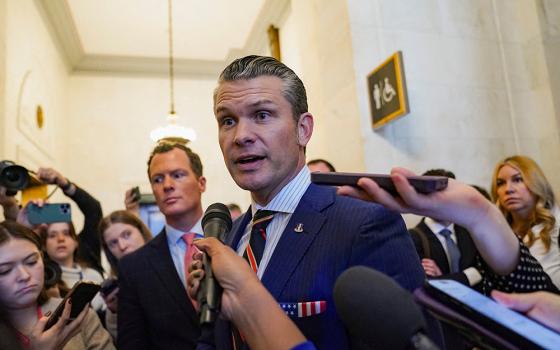That's what an in-depth, investigative piece in the Economist called the state of finances in the Catholic Church in America: an unholy mess.
It's hard to decide what is most horrifying in this report of financial mismanagement, which looks at data made public through bankruptcy proceedings in several dioceses:
- Some dioceses have raided priests' pension funds to pay for sexual abuse damages and other costs. Under Cardinal Bernard Law, the archdiocese of Boston contributed nothing to its clergy retirement fund between 1986 and 2002, despite receiving an estimated $70 million to $90 million in Easter and Christmas offerings that many parishioners believed would benefit retired priests.
- The same is true for parish savings. A parish in Wilmington, Del., sent $1 million to be deposited in what it thought was a separate account, but was really a pooled, general cash account for the diocese. The parish lost the money when the diocese struck a sexual-abuse settlement.
- Cardinal Dolan and other New York bishops are spending an estimated $100,000 a year to well over $1 million, sources say, on lobbying the state assembly to prevent an extension of the statute of limitations on sexual abuse, which would result in more lawsuits and more dioceses declaring bankruptcy.
- Creditors in the Archdiocese of Milwaukee bankruptcy case have questioned the motives behind a $35 million transfer to a trust and a $55.6 million transfer from archdiocese coffers to a fund for cemeteries, alleging the movement of such large amounts was a fraudulent attempt to shield cash from sexual-abuse victims.
- Dioceses in bankruptcy are required to enlarge their assets to satisfy their creditors, yet some have tried to shrink the size of their assets, by closing parishes or undervaluing property. The Diocese of San Diego listed the value of a whole city block in downtown San Diego at $40,000, the price at which it had been acquired in the 1940s, rather than the the current market value, as required.
- The church is going into debt to pay its bills, with tax-free municipal bonds, a subsidy more commonly associated with local governments and public-sector projects. State and local authorities have issued municipal bonds for the benefit of at least 50 dioceses in almost 30 states. In California, at least $12 billion has been raised through municipal bonds over the past decade, $9 billion of which went to hospitals.
- Estimated spending by the church and entities owned by the church was around $170 billion in 2010, only 6% of that for parish and diocesan operations and 2.7% of it for charitable activities. The majority, 57%, is on health care networks, followed by 28% on colleges.
- Catholic Charities USA and its subsidiaries employ distributed $4.7 billion to the poor in 2010, of which 62% came from local, state and federal government agencies.
Similar financial mismanagement was reported in "Render Unto Rome: The Secret Life of Money in the Catholic Church" by Jason Berry, who was quoted in the Economist article. It's why more and more Catholics are considering whether this is an institution worthy of their donations.




